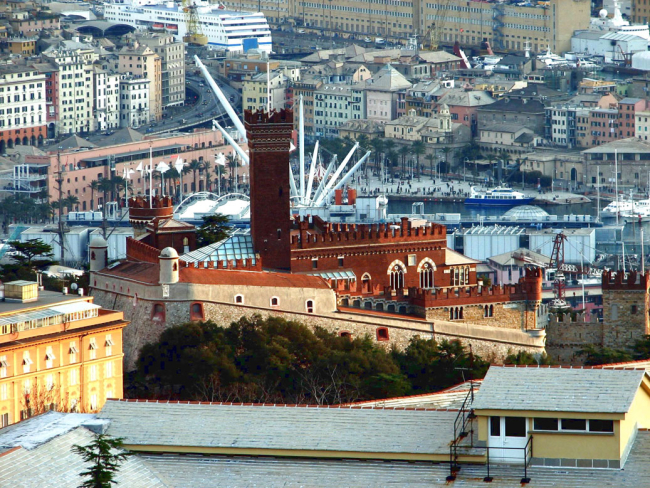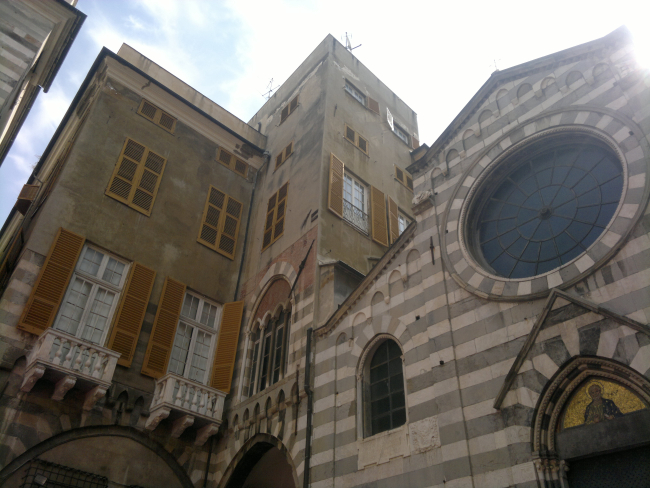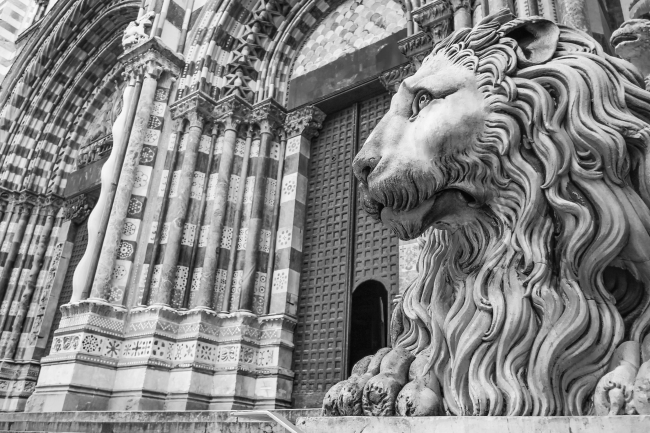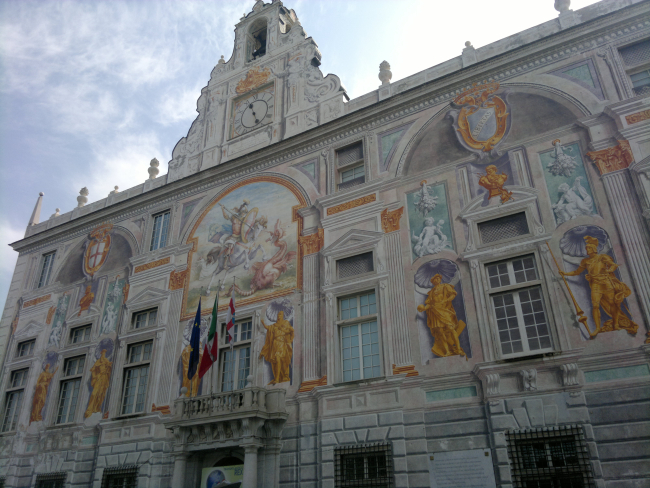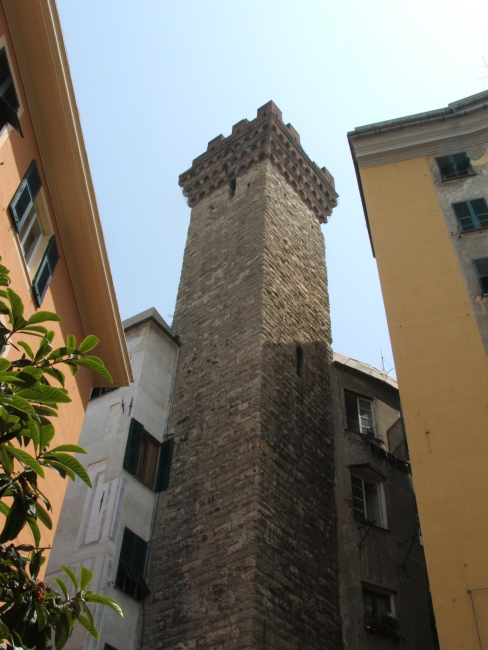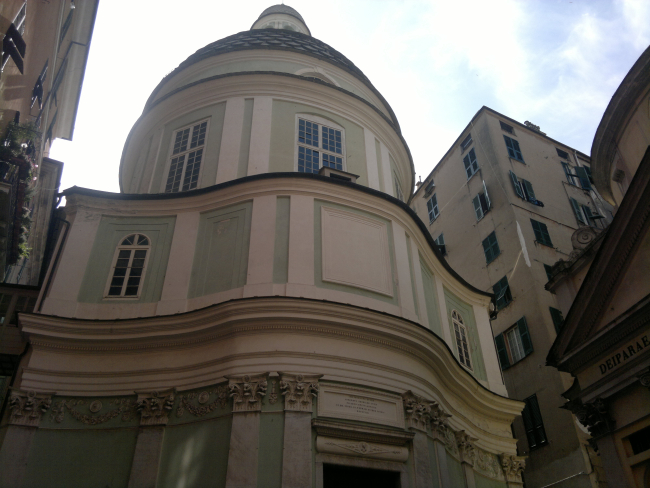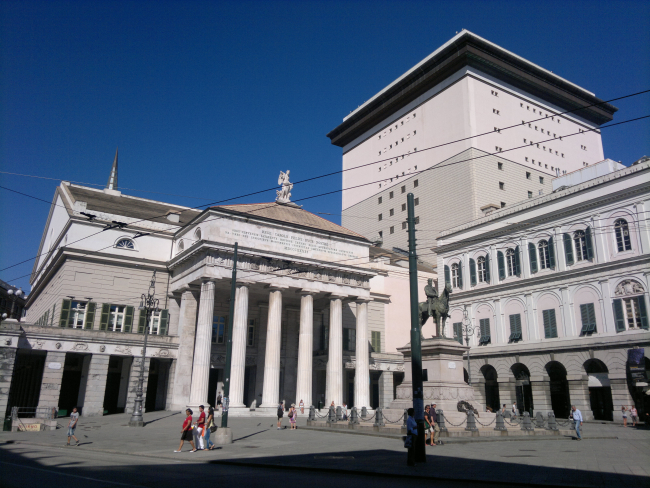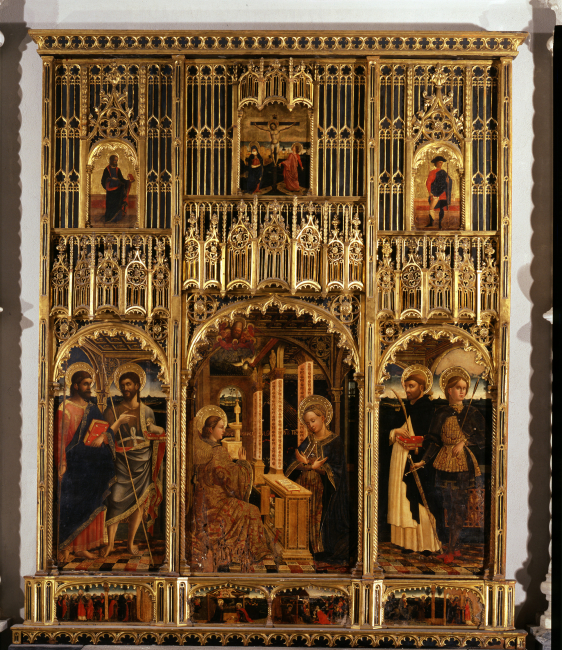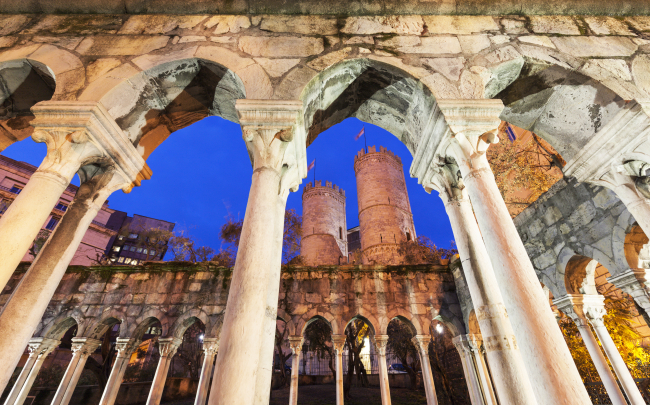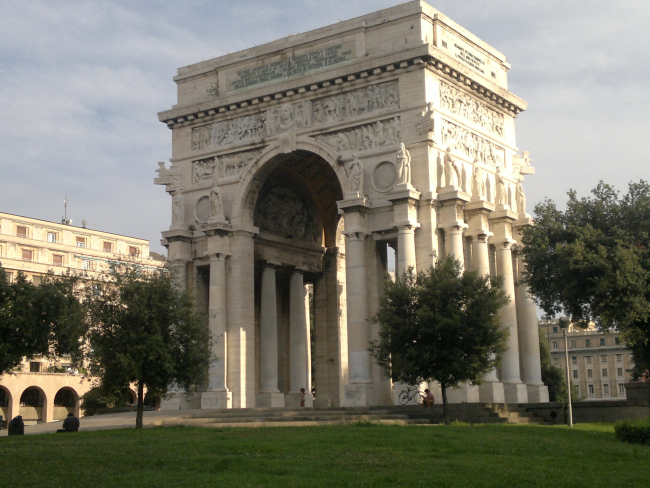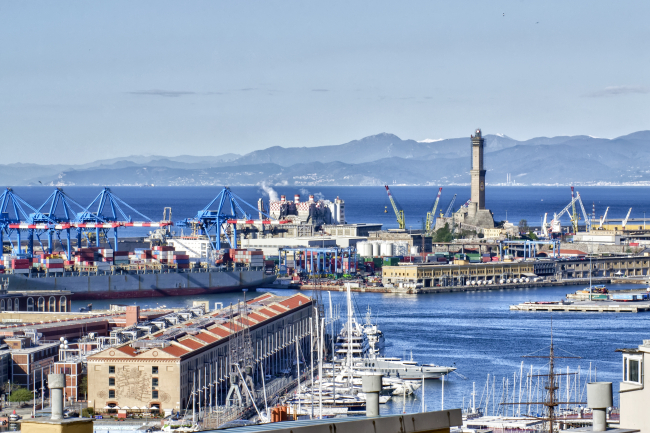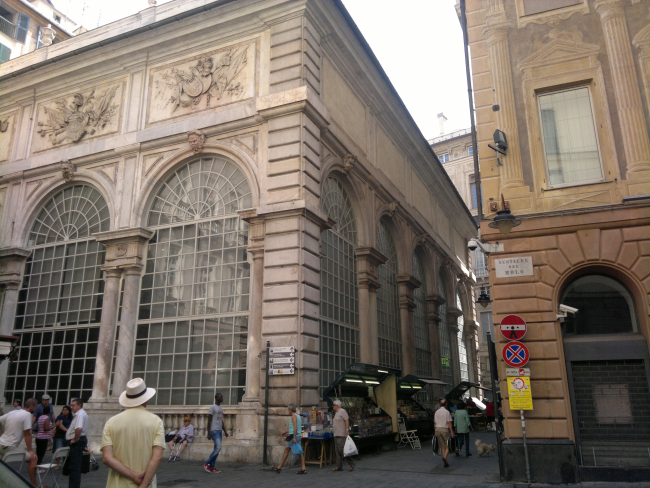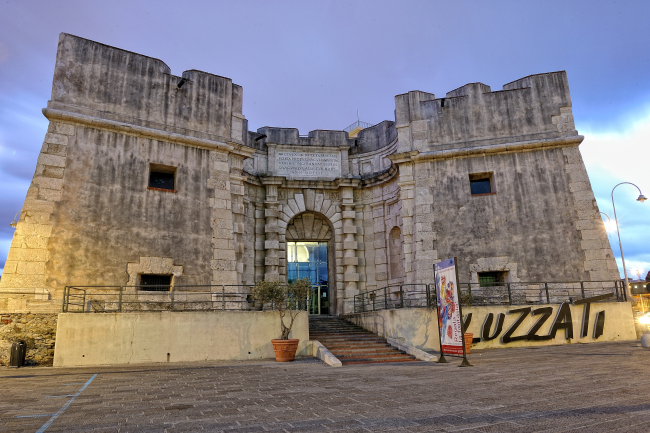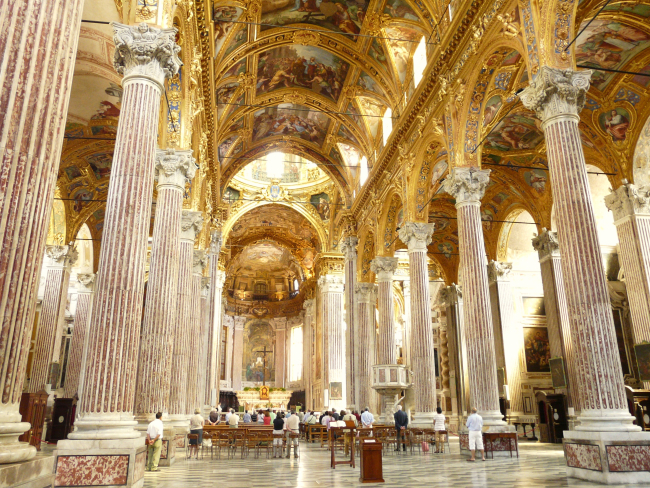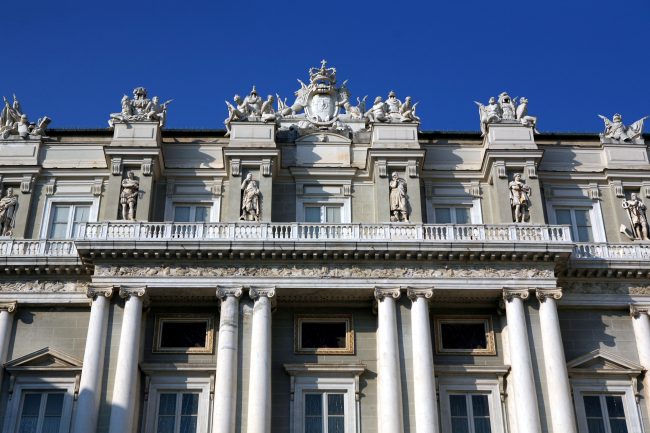Monuments and sacred places
From the Middle Ages to Baroque, from Rationalism to Liberty, from Romanticism to neo Gothic style. Between the mountains and the sea, in Genoa there are architectural and artistic signs of every time: the city is a scenography and its essence is well portrayed in the works of Lele Luzzati.
Especially in the Historic Centre, alleys and squares live together with buildings, which are located just a few meters one from the other, but divided by many centuries of history. Most of the ancient buildings of the area date back to the 11th and 13th century, but were subjected to modifications during the years, and new buildings joined the old ones, creating a mix of times and styles.
Many factors contributed to the variety of Genoese architecture: the habit to build on existing structures, recycling recovered materials from older buildings, many transformations and extensions of preexisting buildings and churches in times of richness and growth of the city, urban revolutions to improve the road network, the destruction brought by bombings and the following reconstructions. In fact the city was bombed at least in three occasions: the attack from the sea by the French fleet in 1684, the one perpetrated by the Savoia against the independentists in 1849 and the one by the Allies during the Second World War.
There is a long history of transformations and high quality architectural and urbanistic interventions, that is why architecture lovers will satisfy their desires exploring the city. If you want to travel trhough the Middle Ages will surely go looking for signs and itineraries in the Historic Centre. Tha Baroque style finds its expression in the churches and ratories of the Historic Centre, but also in the splendid Palazzi dei Rolli. The ones who love the Liberty style will find elgant testimonies in the straight roads and the tree-lined streets of the Foce, where even Rationalism left its spoor, especially in Piazza della Vittoria and in Via delle Brigate Partigiane.
The contemporary architecture lovers cannot miss the Porto Antico restored by Genoese contemporary architect Renzo Piano.

